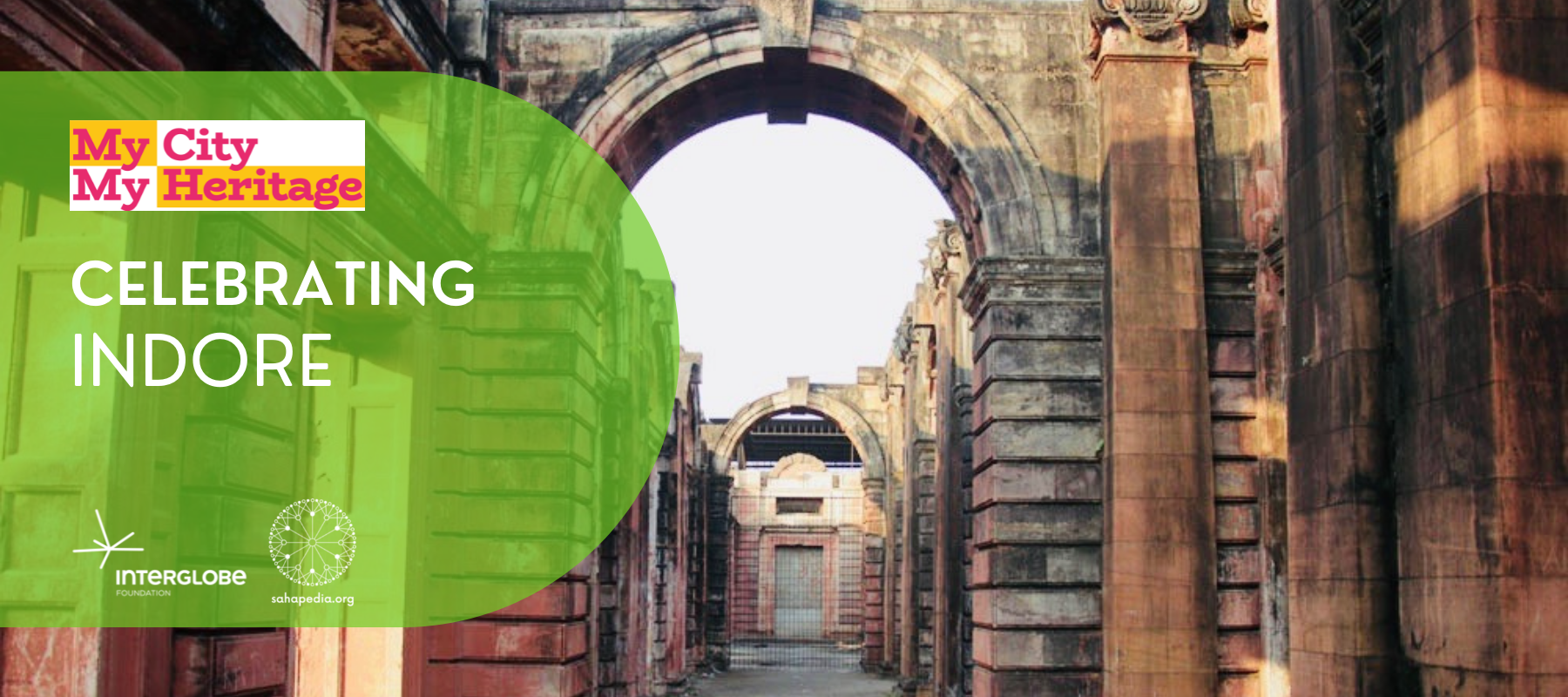Situated in west Madhya Pradesh on the southern edge of the Malwa plateau, Indore occupies an important place in the state’s past and present. Currently the largest and most populated city in the centrally located state, the city was the seat of the erstwhile Holkar dynasty and is considered a major hub of education today. Positioned on the highest part of the region at 1,814 feet above sea level along the banks of the tributaries Saraswati and Khan of the river Shipra, Indore serves as Madhya Pradesh’s financial capital and is considered to be one of the cleanest cities in the country. It is also home to the unique Indo-Saracenic style of architecture, seen in the blending of Holkar and European styles.
Originally called Indrapura, Indore records human settlement beginning from the Gupta Empire as far back as 465 AD. However, the city only attained importance when it was founded in 1715 as a trading town by local landowners. Records suggest that chief landlord Rao Nandlal Chaudhary built a commemorative fort, naming it Indreshwar Temple; it is said that the name Indore is derived from here. The city subsequently came under Maratha rule, administered by the Maratha Holkars. It developed into a significant commercial and trade centre, and upon being taken into British control, was used as the administrative centre of Central India. Indore continued to be ruled by the Holkars as a princely state, which operated under the larger umbrella of the colonial empire, until it was acceded to the Indian Union as part of Madhya Bharat, which became Madhya Pradesh in 1956.
Much of the architecture in Indore is attributed to the Holkar dynasty. The city is replete with palaces, including the Rajwada Palace, built in 1766, and the more recent Lalbagh Palace, completed in 1926. The city is also known for a style of building called ‘chhatris’, which were designed as cenotaphs, or empty commemorative tombs, by the Holkars. The Krishnapuri Chhatri on the banks of the Khan river features exquisitely carved exteriors built from a variety of stones, and is symbolic of the might of the Holkars. Jain architecture also features in the city, most prominently in the form of the Gomatgiri Temple. A colonial influence is visible in the Gandhi Hall, which is built in the Indo-Gothic style. Contemporary places of heritage include the Chappan Dukan, renowned throughout the city for its extensive variety of street food which encompasses items from Gujarat, Rajasthan and Maharashtra with a unique Indorian spin, and the Central Museum, for its vast collection of artefacts.
Indore’s textile and handicraft industry has carved out a name for itself through its distinct styles and specialisations; these include the baagh print, and smocking and shadow work. The city specialises in cotton textiles, and is famous for producing two types of saree cloth, namely the Maheshwari and Chanderi. The Hukumchand Mill, which closed in 1991, played a large role in revolutionising Indore’s textile production, and has left a lasting effect on the city today. Indore further prides itself on its journalistic traditions; It’s homegrown Hindi newspaper Nai Duniya (New World), traces its roots back to pre-Independent India. In addition to this, the city has inherited a rich tradition of theatre; Gangadhar Mahadev Dike, popularly known as Baba Dike, spearheaded the Hindi theatre movement in Indore through the group Natya Bharti, bringing about awareness on social issues through the genre. A number of festivals are celebrated in Indore, many of which celebrate the Maratha influence on the city; Ganesh Chaturthi festivities and the Jatra Marathi Food Festival are prime examples of the same.
Indore weaves a tight web of local culture inclusive of architecture, customs, trade, performance arts, journalism and more. While some cultural phenomena date back centuries many others are contemporary creations.
As a part of the My City, My Heritage launch, Indore is celebrated through a social media campaign showcasing heritage mapping done therein as a part of the project. This includes sharing interesting facts and anecdotes about the city, quizzes, competitions and a digital walk.
